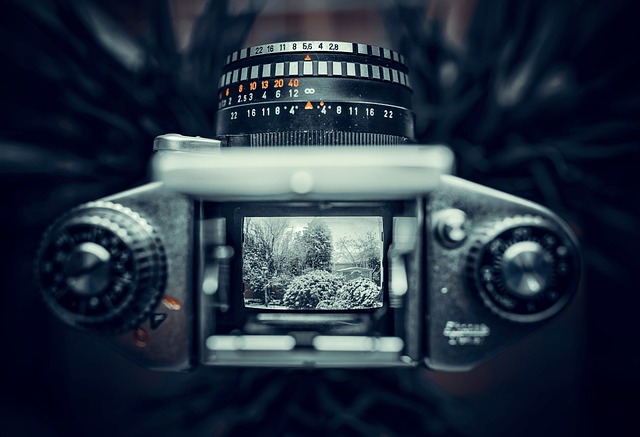In the enchanting world of photography, the quest for the perfect shot often begins with a fundamental yet powerful concept: aperture. Understanding this essential element is crucial for every photographer looking to master exposure and create captivating images. The aperture, which refers to the opening in a camera lens through which light passes, plays a pivotal role in determining how well your photos capture the moments that matter.
Imagine standing in a breathtaking landscape, the sun setting over a serene lake. As you raise your camera, the magic of the scene unfolds before you, but will you be able to encapsulate that beauty accurately? Here is where aperture comes into play. By adjusting the size of the lens opening, you control not only the amount of light entering your camera but also the depth of field in your photographs. A wide aperture (indicated by a smaller f-stop number) allows more light to hit the sensor, helping to create beautiful, ethereal backgrounds with soft bokeh. On the other hand, a narrow aperture (larger f-stop number) provides a sharper focus from foreground to background, ideal for expansive landscapes and intricate details.
Understanding aperture isn’t merely a technical endeavor; it’s a transformational experience that elevates your photography. The way you choose to manipulate this setting can evoke different emotions in your audience. Consider, for instance, a close-up shot of a flower. By widening the aperture, you can isolate the bloom, drawing attention to its delicate features while softening the surroundings—a technique that can stir feelings of intimacy and beauty. Conversely, using a smaller aperture in a bustling city scene captures the vibrancy and liveliness, allowing viewers to appreciate every element within the frame.
As you delve deeper into the world of optics, remember that the relationship between aperture, shutter speed, and ISO—a trio known as the exposure triangle—is fundamental in achieving the results you desire. Mastering this triangle is essential for any photographer. While aperture dictates how much light enters your camera, the shutter speed determines how long that light is allowed to hit the sensor, and the ISO controls the sensitivity of the camera’s sensor to light. Each of these elements works in harmony, and understanding their interplay will empower you to create striking visuals that resonate with your audience.
In practical terms, practicing with various aperture settings is the best way to learn their effects. Experiment with your camera’s aperture in different settings and light conditions. Notice how altering the f-stop affects not only the exposure of your image but also the story it tells. Perhaps a photograph taken with a wide aperture under golden hour light leaves you enchanted, while a more closed aperture during the blue hour captures a sense of tranquility. These choices shape your photographic narrative, reinforcing your artistic style and vision.
Ultimately, mastering aperture is a journey of discovery. Each click of the shutter can lead you to new insights about your subject and your vision as a photographer. Embrace the exploration; the world is full of wonders waiting to be captured through your lens, and understanding aperture is one of the keys to unlocking that creative potential. So grab your camera, head into the field, and let the magic of aperture guide you toward artistic brilliance in every shot.



